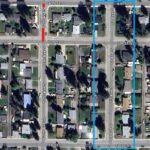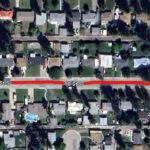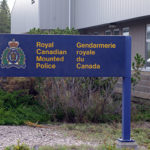Home »

City transitioning to new traffic light system
In a bid to improve the City of Cranbrook’s traffic flow and safety, the city is transitioning from in-ground weight sensors to high tech camera sensors at intersections.
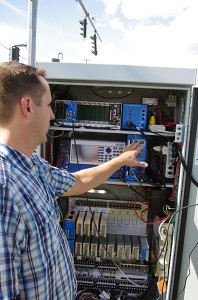
City Trades Manager Tony Hetu Sept. 23 welcomed local media to check out the “new standard we are upgrading to” at the city’s first camera sensor traffic lights at Victoria Avenue and 2nd Street South.
Located on the traffic light apparatus, four cameras provide coverage for each direction, utilizing pixels to tell a computer system that a vehicle is in a given lane, triggering the lights to react accordingly.
The new system has been working at the Victoria/2nd St. S locale for six months and a second set is to be installed starting today (Sept. 24) just up the street at Victoria Avenue and 2nd Street North.
“It’s worked out quite well,” Hetu said, showing a computer screen activated by activity in the intersection. Rather than rely on a vehicle’s weight with in-ground sensors, which have caused increasing headaches for the city due to failures in recent years.
Winter and increased moisture spells cause problems with the old sensors, creating complaints to city hall.
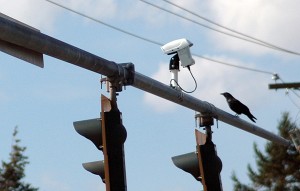
“We get a lot of questions from the public about what is going on,” Hetu said of the new system and its suspicious looking cameras, which he noted are not red light camera or in place to record activities at the intersection.
The camera feeds can be received by city staff via an Ethernet connection.
Replacing the in-ground sensors is a natural part of the city’s progression, Hetu said, noting the old sensors have a 20-30 year life span, equivalent to the age of most of the city’s intersections, including the Victoria and 2nd Street South locale, the third busiest in the city.
Lights on the highway strip leading through town are the responsibility of the provincial Ministry of Transportation and Infrastructure.
The new system is not only superior in terms of operational reliability, it provides quicker response times for Cranbrook Fire and Rescue, with its main fire hall just up 2nd Street South. When crews depart the station they hit a button that signals to the light to change for them.
“The fire hall loves it, especially at this intersection,” Hetu said.
Additionally, the camera sensors are much cheaper for the city to use, Hetu said, pointing out that one camera replaces six to nine sensors per single direction at the light. Each sensor costs about $4,000, meaning the $25,000 costs per intersection is markedly more cost effective by installing the camera sensors.
After the new lights are installed at 2nd Street North and Victoria, which should only take a day or two, the city will have eight more intersections serviced by in-ground light sensors to replace, Hetu said.
Due to cost, these replacements will need to be budgeted by city councils moving forward over the next few years.
Ian Cobb/e-KNOW
